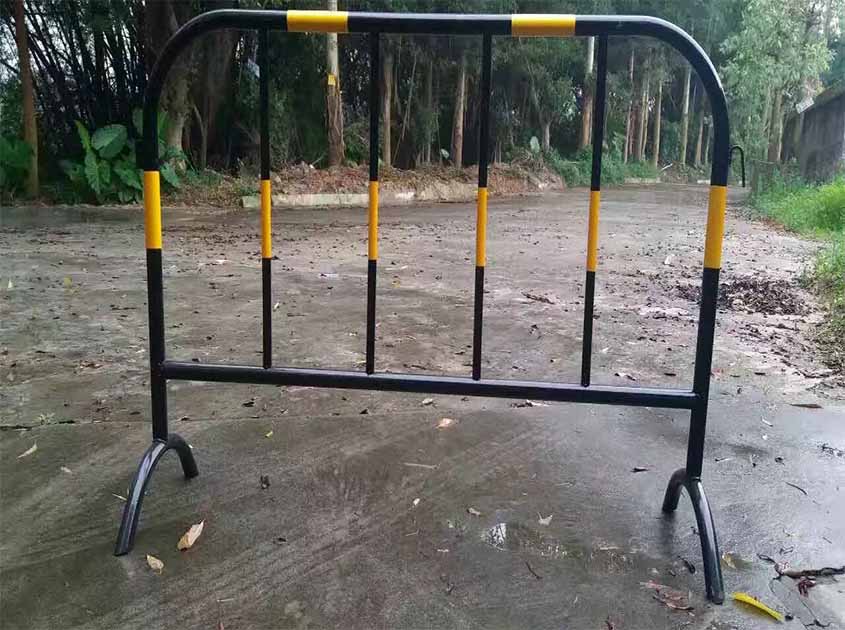- Home
- About Us
- Products
- Service
- Project
- News
- Contact Us
Pulished on Jun. 01, 2023
In bustling urban environments, ensuring pedestrian safety is of paramount importance. Large crowds, traffic congestion, and public events can create chaotic situations that pose risks to pedestrians. To address these challenges, crowd control barriers have emerged as essential tools for maintaining order and protecting pedestrian safety. In this article, we will explore the significance of crowd control barriers and their role in managing crowds in busy areas.
Creating Defined Spaces:
Crowd control barriers play a vital role in delineating and creating defined spaces in busy areas. Whether it's a construction site, a public event, or a busy street, barriers provide a physical boundary that guides pedestrians and prevents them from venturing into restricted areas. By clearly defining pathways and restricted zones, these barriers effectively reduce the risk of accidents and keep pedestrians safe.

Crowd Management and Flow Control:
Large gatherings and events can result in an overwhelming number of people converging in a limited space. Crowd control barriers are instrumental in managing and controlling the flow of pedestrians, ensuring orderly movement and preventing overcrowding. By strategically placing barriers at entrances, exits, and key points, event organizers and authorities can guide pedestrian traffic, prevent bottlenecks, and maintain a smooth flow of people.
Enhanced Safety and Security:
The presence of crowd control barriers significantly enhances safety and security in busy areas. These barriers act as a physical barrier between pedestrians and potential hazards such as moving vehicles, construction zones, or unsafe areas. They prevent unauthorized access to restricted areas and deter individuals from engaging in risky behavior. By providing a clear demarcation between pedestrians and potential dangers, crowd control barriers help mitigate accidents and improve overall security.
Effective Queue Management:
Long queues and overcrowded areas can quickly lead to frustration and chaos. Crowd control barriers aid in efficient queue management, especially in places like airports, train stations, or amusement parks. By organizing queues in a structured manner, these barriers streamline the waiting process, maintain order, and minimize conflicts. Pedestrians feel more secure and confident knowing that there is a designated area for queuing, ensuring a fair and organized system.
Temporary and Portable Solutions:
One of the key advantages of crowd control barriers is their portability and ease of deployment. These barriers are designed to be lightweight and easy to assemble, allowing for quick setup and removal as needed. Whether it's for a one-time event or temporary construction site, these barriers can be easily transported and positioned as required. Their versatility makes them a practical solution for managing pedestrian safety in various settings.
Visual Deterrent and Communication:
Beyond their physical function, crowd control barriers serve as visual deterrents and communication tools. The bright colors and reflective surfaces of the barriers increase visibility, making them easily identifiable even in crowded environments. They serve as a visual reminder for pedestrians to adhere to designated pathways and rules. Additionally, barriers can be customized with signage or messages to provide important instructions, warnings, or directions to pedestrians, further enhancing communication and ensuring safety.
Conclusion:
In busy areas where pedestrian safety is paramount, crowd control barriers are indispensable tools for maintaining order, managing crowds, and preventing accidents. By creating defined spaces, controlling pedestrian flow, enhancing safety and security, facilitating queue management, and providing temporary and portable solutions, these barriers play a crucial role in protecting pedestrians. Their visual presence and communication capabilities further contribute to a safer and more organized environment. Investing in crowd control barriers is a proactive measure that ensures the well-being of pedestrians and fosters a sense of security in busy areas.